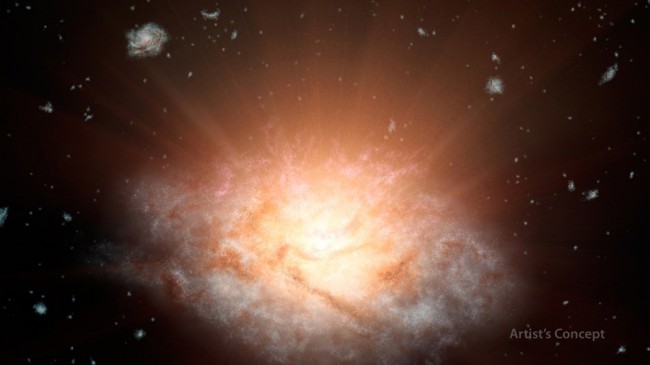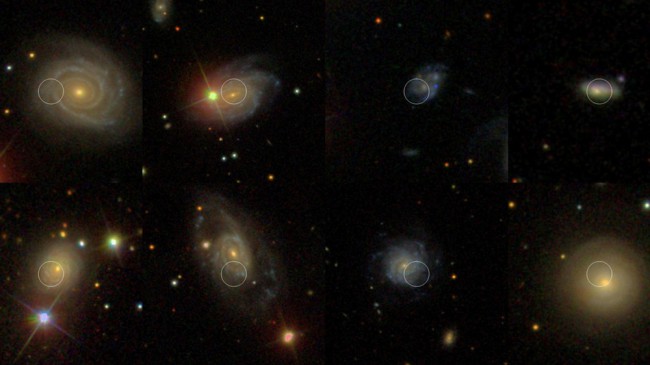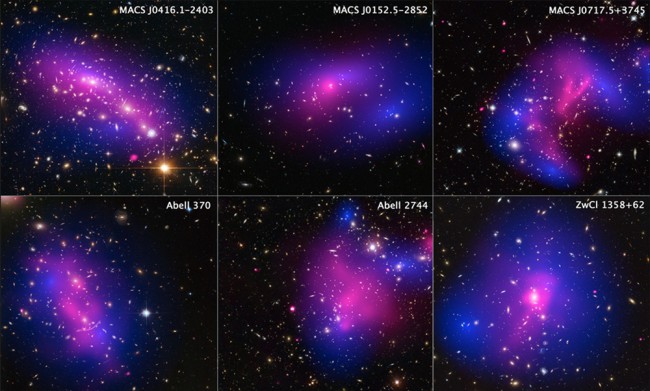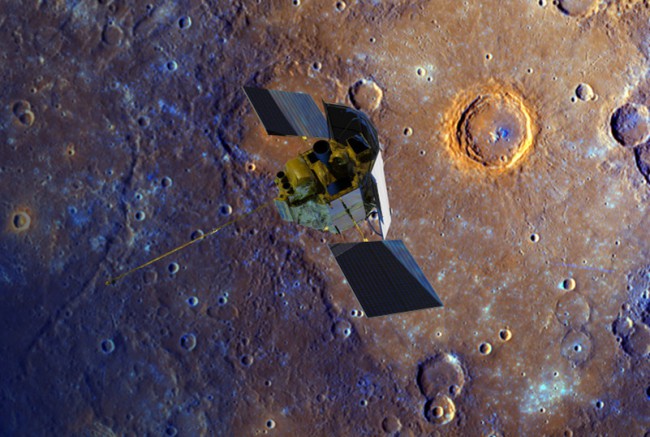NASA’s WISE spacecraft discovers most luminous galaxy in universe
This artist’s concept depicts the current record holder for the most luminous galaxy in the universe. NASA/JPL-Caltech The galaxy belongs to a new class of objects — extremely luminous infrared galaxies. By Jet Propulsion Laboratory, Pasadena, California, NASA Headquarters, Washington, D.C. Published: Friday, May 22, 2015 A remote galaxy shining with the light of more …
NASA’s WISE spacecraft discovers most luminous galaxy in universe Read More »





